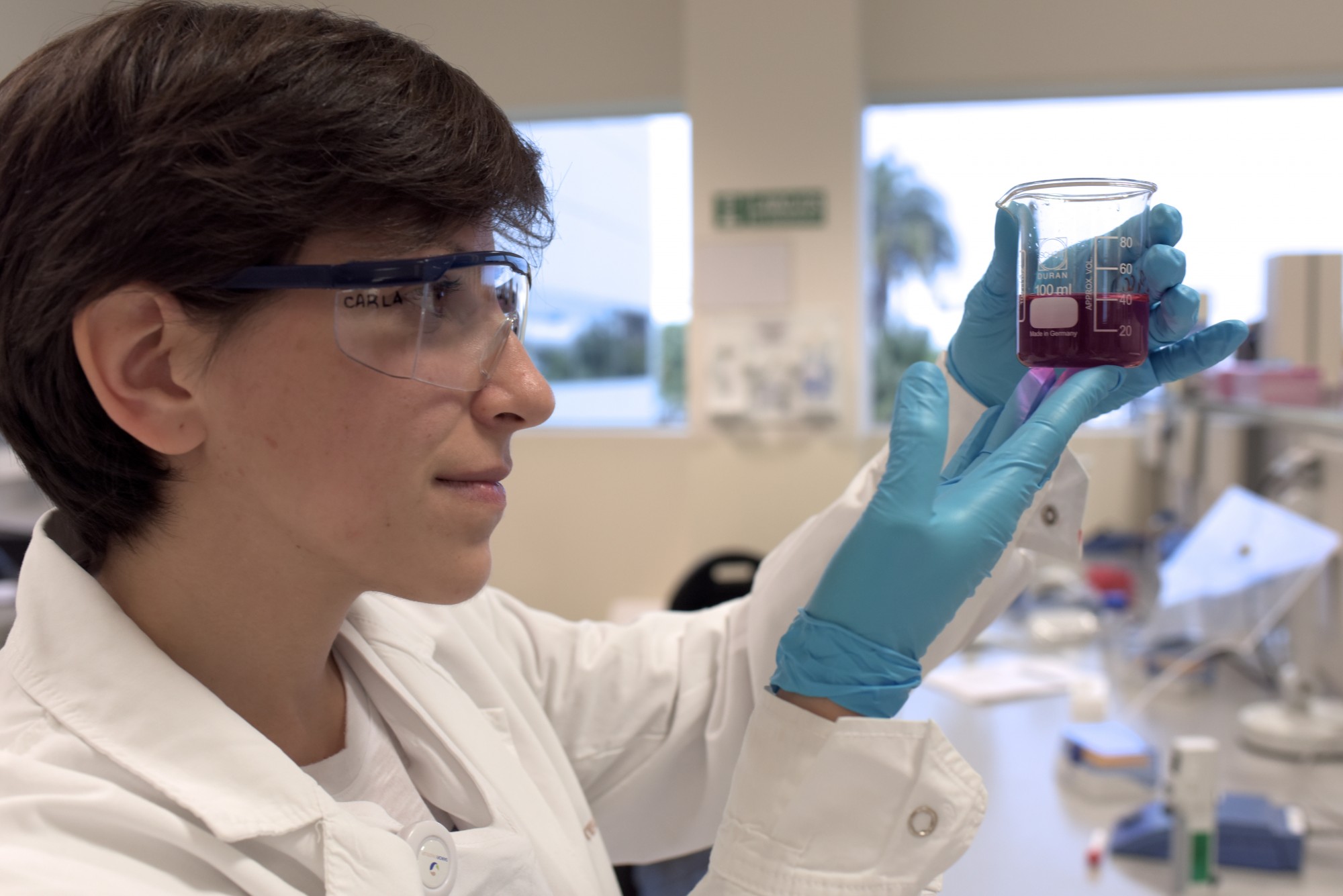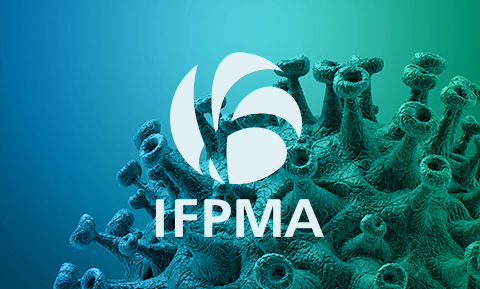
Inventing
Medicines and Vaccines
IP
Intellectual Property Incentives Matter. Innovation Saves Lives.
The Intellectual Property System is an enabler to ensure that we have solutions for existing and future ailments, diseases, and pandemics. The Intellectual Property System underpins a sustainable innovation ecosystem, critical to achieving SDG 2030.
“Future innovation is the key to addressing the unmet medical needs of patients and improving the capacity and sustainability of our healthcare systems. Ensuring patients around the world can share in the benefits of current and future health technologies is a collective goal across all actors in healthcare. It is folly to fail to accept that IP has enabled the innovation of the vast majority of new medicines and vaccines. It is woeful that the value of innovation is frequently sidelined or maligned. Without IP, the vast majority of today’s innovative outcomes, medical breakthroughs and generic medicines would not have become a reality.”
Thomas Cueni, IFPMA Director-General



Role of Intellectual Property in Innovation
Intellectual Property Rights incentivize innovation, research and development and allow the biopharmaceutical industry to improve existing and bring new medicines, vaccines, and treatments to people and in turn help improve and save lives.
Innovation ecosystems are sustainable when governments, research institutions, and business collectively address the elements necessary to drive investments in new technology and science, underpinned by a stable and transparent rule of law and an incentive system to attract the right talent, expertise, and investment. Open dialogue and collaboration with all stakeholders, including the private sector, is critical to the policymaking process to create policies that support the emergence of sustainable innovation ecosystems.
Innovation in technology dependent sectors, requires a significant risk appetite. However, without innovation, there would not be any advancement in the science and the arts. Recognizing this dichotomy early on, countries have rewarded and incentivized researchers through the intellectual property (IP) system to undertake the risks needed to provide the solutions. Thus, effective and predictable intellectual property systems have proven to provide an important incentive for investing in innovation and enable innovative ideas to be commercialized and scaled.
A stable intellectual property system provides the certainty necessary to build confidence for investments in the creation of technologies. Intellectual property incentives also support technological partnerships by providing the legal framework necessary for collaborative innovation and the exchange of technology and knowledge.
Effective intellectual property regimes bring clarity and certainty to the market, encouraging the introduction of technology to new places and enabling innovative ideas to be scaled. In addition, an effective enforcement regime, ensures no individual in the country is robbed of years of research, skill building, creation of arts. It lends confidence in the country to its people that their rights are protected and surety of law.
In short, IP incentivized the innovator/creator by way of a limited term protection to disclose his creation or invention to the public and spurring future research to take place, thus, striking the right balance between the interests of innovators and the wider public interest. The IP system aims to foster an environment in which creativity and innovation can flourish.[1]
Role of Intellectual Property in the Biopharmaceutical Industry
The biopharmaceutical industry’s business model is based on competitive R&D, intellectual property (IP), the incentive for innovation, and a science-based regulatory system. Our industry plays a key role in providing the world with the medicines, treatments and vaccines that save and improve the lives of people across the world. Intellectual Property Rights incentivize innovation, research and development and allow the biopharmaceutical industry to improve existing and bring new medicines, vaccines and treatments to people and in turn help improve and save lives.
The industry has developed over 650[2] new medicines for the world’s emerging health needs in the last twenty years, also focusing on treatment of cancers, cardiovascular diseases, and diabetes. Today, with more than 8400 drugs in development across all therapeutic fields[3], the industry still drives the exploratory research, taking care of translating early research into patient-ready treatments.
As shown by recent studies, a strong IP system and protection allows faster launch and access to new medicines for patients across the world, both in developing and developed countries. In fact, having a strong IP system allows for incentives for the introduction of many medicines which would not be otherwise available.[4]
With the success rate of clinical trials being less than 12%[5], inventing, developing, and launching new medicines is a long, resource-intensive and risky process. However, despite setbacks, risks and uncertainty, the industry continues to invest in pharmaceutical R&D.[6]
The temporary and limited period of protection given by patents is part of the factors incentivizing the industry to keep investing in the uncertain and long process that is pharmaceutical R&D. In return for this limited protection, the IP system requires the patent applicant to publicly disclose the invention so to allow others to learn and build upon prior advances, creating a perfectly balanced policy system.
- [1] https://www.wipo.int/about-ip/en/
- 2 U.S. Food and Drug Administration, “New Drugs at FDA: CDER’s new molecular entities and new therapeutic biological products,” available at http://www.fda.gov/Drugs/DevelopmentApprovalProcess/DrugInnovation/ucm20025676.htm (last visited [insert]); and U.S. Food and Drug Administration, “Biological approvals by year,” available at http://www.fda.gov/BiologicsBloodVaccines/DevelopmentApprovalProcess/BiologicalApprovalsbyYear/default.htm
- [3] Adis R&D Insight database, accessed Oct. 28, 2020.
- [4] See, e.g. Ernst R. Berndt and Iain M. Cockburn, “The Hidden Cost of Low Prices: Limited Access to New Drugs in India,” Health Affairs 33, no. 9 (2014): 1567–75; Iain M. Cockburn, Jean O. Lanjouw, and Mark Schankerman, “Patents and the Global Diffusion of New Drugs” (National Bureau of Economic Research, 2014), http://www.nber.org/papers/w20492; Margaret Kyle and Yi Qian, “Intellectual Property Rights and Access to Innovation: Evidence from TRIPS” (National Bureau of Economic Research, 2014), http://www.nber.org/papers/w20799; Also See SCP 31/5.33, Watal Jayashree and Rong Dai (2019), Product Patents and Access to Innovative Medicines in a Post-TRIPS-Era, WTO, Staff Working Paper ERSD-2019-05.
- [5] IQVIA Institute (2019). The Changing Landscape of Research and Development, Apr.2019 https://www.healthindustryhub.com.au/wp-content/uploads/2019/05/the-changing-landscape-of-research-and-development.pdf
- [6] Pharmaceutical Research and Manufacturers of America (PhRMA), Biopharmaceuticals in Perspective, Summer 2019. Researching Alzheimer’s medicines: setbacks and stepping stones. Published 2018. Accessed April 2019.
Role of Intellectual Property in Fighting COVID-19
As the world faces unprecedented public health, social and economic challenges such as the ones brought by COVID-19, everyone’s hopes are directed on scientific innovation.
Our industry is at the forefront of the global effort to develop a safe and effective COVID-19 vaccine and scale up manufacturing to ensure equitable access to people around the world. In less than a year, several vaccines have been and are in the process of being approved. An impressive and unprecedented manufacturing scale-up is also taking place.
The intellectual property system has enabled collaboration between biopharmaceutical innovators and governments, universities and other research partners to speed up progress on our most pressing unmet medical needs, including hundreds of potential COVID-19 treatments, diagnostics and vaccines for patients around the world. It has also been the driving force behind the many innovations that will help us overcome the pandemic, giving rise to nearly all of the molecules, platforms, and other technologies that have enabled industry to target COVID-19 at an advanced stage, and helping to ensure the resources and conditions needed to see the development of promising treatments through to approval
IP will also continue to play a crucial role long after this pandemic is over, to ensure that the world is prepared with innovative solutions for future global health crisis, in addition to other pressing healthcare needs.
USD 1479 Billion
what the industry is estimated to have spent globally in 2018 for R&D.
More than 8,000
compounds currently at different stages of development globally.
2,740
drugs in development for cancer in 2020. 1,213 in development for infectious diseases in 2020.














